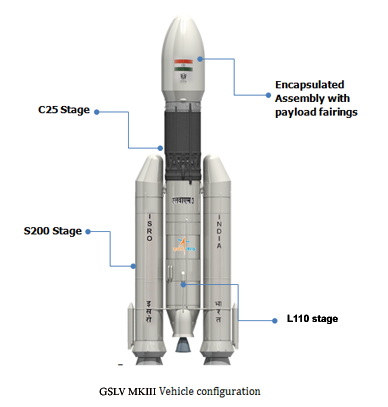
Crime and Criminal Tracking Network & Systems (CCTNS)
Subscribers of "Current Affairs" course can Download Daily Current Affairs in PDF/DOC
Subscribe to Never Miss an Important Update! Assured Discounts on New Products!
Must Join PMF IAS Telegram Channel & PMF IAS History Telegram Channel
- Context (TH l TOI): All modules of CCTNS are not being used to their full potential by States.
- GoI has claimed that over 99% of first information reports (FIR) were filed through CCTNS.
- After the 2008 Mumbai attacks, the then-Home Minister proposed the CCTNS concept in 2008.
- The CCTNS is based on the Common Integrated Police Application (CIPA) launched in 2004-05.
- The Nodal Ministry MoHA has been carrying it out as a “Mission Mode Project (MMP)” since 2009 under the National e-Governance Plan (NeGP).
- The National Crime Records Bureau (NCRB) is implementing CCTNS.
- The CCTNS project has been expanded to incorporate police data with the other elements of the criminal justice system, including the courts, prisons, prosecution, forensics, and fingerprints.
- A new system called the “Inter-Operable Criminal Justice System (ICJS)” was created in 2017.
Objectives Of CCTNS
- To provide a pan-India search on the National Crime and Criminal Records Database.
- To make police operations more accessible to citizens and transparent by automating the operation of police stations.
- To provide citizen-centric police services through a web portal.
- To reduce the need for manual record keeping.
- To digitise police processes (FIRs, Investigations, Challans).
- To promote interaction and information sharing among police stations, districts, state/local headquarters, and other law enforcement agencies.
- Improve justice delivery by sharing crime and criminal data among police stations, courts, prisons, forensics, and prosecution.
Working of CCTNS
- CCTNS aims to integrate all crime data and records in India into Core Application Software (CAS).
- The CCTNS project includes horizontal connectivity, which connects police functions at the State and Central levels to external entities.
- The CCTNS also has vertical connectivity of police units (linking police units at various levels within the States – police stations, district police offices, state headquarters, SCRB, and other police formations).
Key features of CCTNS
- Interconnects about 15,000 police stations (All 35 States and UTs) and 5,000 offices of supervisory police officers nationwide.
- Digitize data related to FIR registration, investigation, and charge sheets.
- Provide a central citizen portal with linkages to state-level citizen portals.
- It would help in developing a national database of crime and criminals.
- The project also involves training police personnel.
Significance of CCTNS
-
For the Police Department and NCRB
- Enhanced tools for investigation.
- Centralized crime and criminal information repository, criminal images, and fingerprints.
- Enhanced ability to analyse crime patterns and modus operandi
- Reduced workload for the police station back-office activities.
- Better coordination and communication with external stakeholders by implementing electronic information exchange systems.
- Easy and low-cost scalability of crime and criminal systems in the future.
-
For the citizens
- Multiple channels to access police services.
- Simplified process for registering petitions and accessing general services such as certificate requests, verifications, and permissions.
- Simplified process and accurate tracking of the case’s progress during trials.
- Simplified and accurate access to view/report unclaimed/recovered vehicles and property.
- Simplified process and channel for grievance registration.
- Improved relationship management for victims and witnesses.
Inter-Operable Criminal Justice System (ICJS)
- ICJS is a national platform for enabling integration of the central IT system used to deliver Criminal Justice in the country.
- It seeks to integrate the five pillars of the system, viz
- Police (through Crime and Criminal Tracking and Network Systems),
- E-Forensics for Forensic Labs,
- E-Courts for Courts,
- E-Prosecution for Public Prosecutors and
- E-Prisons for Prisons.
- The project will be implemented with the States and Union Territories.
- NCRB will implement the project with the National Informatics Centre (NIC).
National Crime Records Bureau (NCRB)
- It is headquartered in New Delhi and was set up in 1986 under the Ministry of Home Affairs.
- It functions as a repository of information on crime and criminals to assist the investigators in linking crime to the perpetrators.
- It was set up based on the recommendations of the National Police Commission (1977-1981) and the MHA’s Task Force (1985).
- NCRB brings out the annual comprehensive crime statistics nationwide (‘Crime in India’ report).




![PMF IAS Environment for UPSC 2022-23 [paperback] PMF IAS [Nov 30, 2021]…](https://pmfias.b-cdn.net/wp-content/uploads/2024/04/pmfiasenvironmentforupsc2022-23paperbackpmfiasnov302021.jpg)











